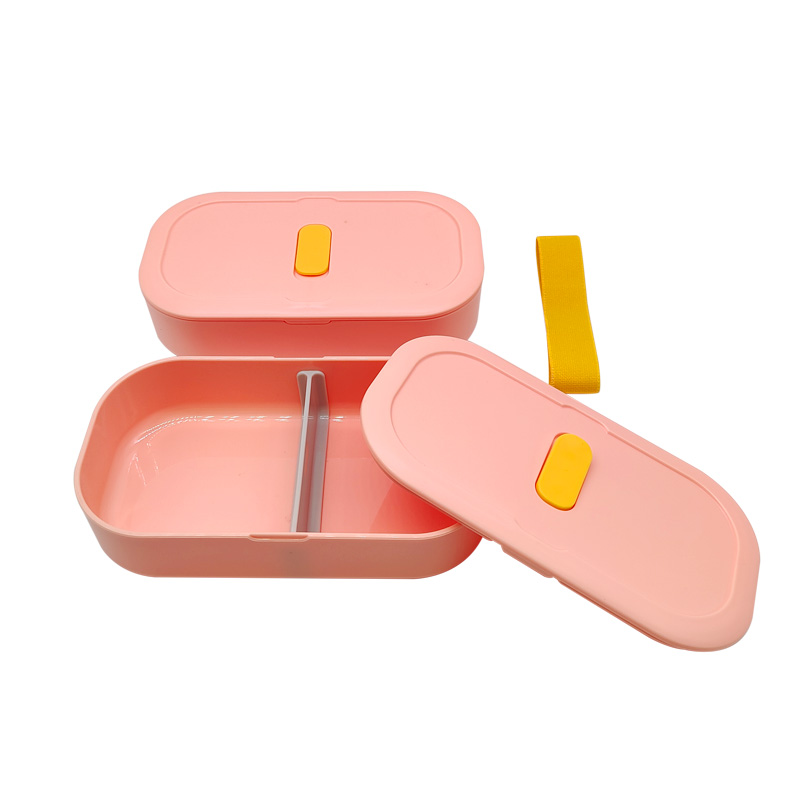
How our Bento Lunch Box are Made
2023-06-06 22:00
Bento lunch boxes are popular containers used to pack and organize meals, especially in Japanese cuisine. The manufacturing process for bento lunch boxes generally involves several steps:
1. Material Selection: Bento lunch boxes are commonly made from food-grade materials such as plastic, stainless steel, or bamboo. The specific material chosen depends on factors like durability, heat resistance, ease of cleaning, and aesthetic appeal.
2. Design and Mold Creation: Once the material is selected, the design of the bento lunch box is created. This includes determining the overall shape, compartments, lids, and any additional features like dividers or sauce containers. A mold is then made based on the design, which will be used for the production process.
3. Material Preparation: The chosen material is prepared for the manufacturing process. For plastic bento lunch boxes, plastic pellets or granules are melted and injected into the mold. Stainless steel lunch boxes are typically made from sheets of stainless steel that are cut, formed, and assembled. Bamboo lunch boxes involve cutting and shaping bamboo sheets or using bamboo fibers bound together with a food-grade resin.
4. Injection Molding or Forming: For plastic lunch boxes, injection molding is commonly used. The prepared plastic material is injected into the mold under high pressure and cooled to solidify into the desired shape. Other materials like stainless steel or bamboo are shaped and formed using specialized machinery and techniques.
5. Finishing Touches: Once the main body of the lunch box is formed, additional components like lids, handles, clasps, or seals may be added, depending on the design. These components are usually attached using adhesives, welding, or mechanical fasteners.
6. Quality Control and Testing: After the manufacturing process, the bento lunch boxes go through quality control checks to ensure they meet safety and quality standards. This may involve inspecting for any defects, checking the functionality of closures, and performing tests like leak-proof or heat retention tests.
7. Packaging and Distribution: The finished bento lunch boxes are then packaged for shipping and distribution. They are often wrapped individually or packed in sets, and labels or branding may be applied. The lunch boxes are then ready to be shipped to retailers or directly to consumers.

It's important to note that the specific manufacturing process can vary depending on the material, design complexity, and manufacturing techniques used by different companies.







